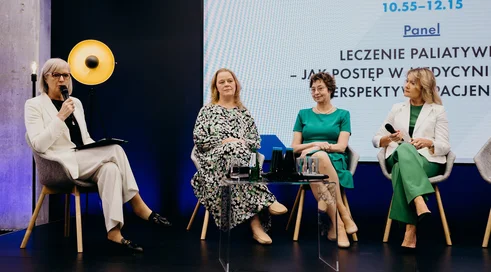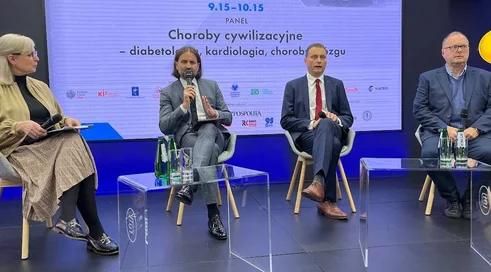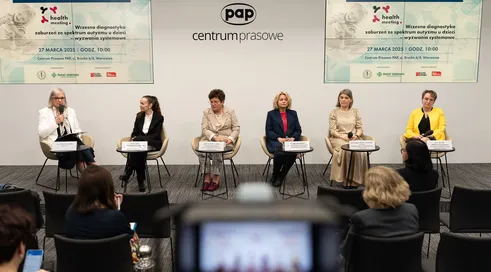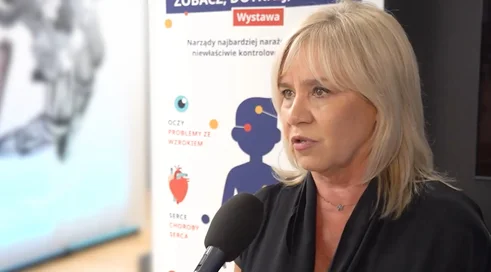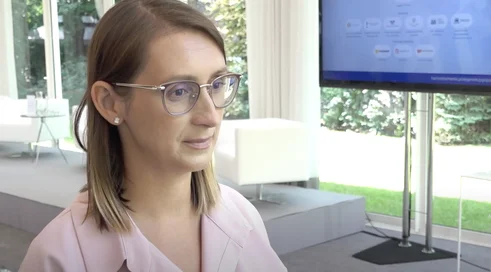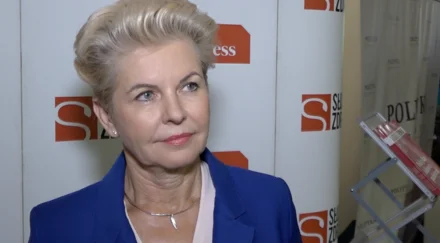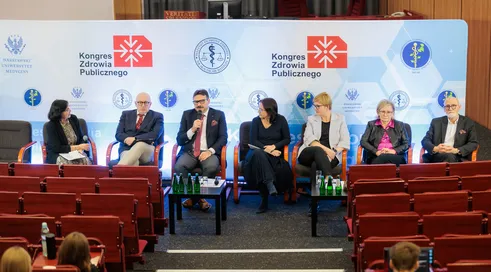A great deal has already been said and written about the health debt that the COVID-19 pandemic has thrust us into, but one can't help but recall that it has particularly weighed on the primary health indicators for men. Life expectancy for men in Poland in 2022 has fallen to 74 years, decreasing by 2.3 years compared to 2019. It is noticeably shorter than in the European Union (77 years). - When Sweden is taken as a reference point, men there live an average of 81 years, recalled Dr. Jakub Gierczynski, a health care expert. In Poland, the difference between the average life expectancy between men and women reaches eight years, and this "gender gap" is among the highest in the EU. In Sweden, it is half as long. But it is not only life expectancy that is a problem. No less important an indicator is healthy life expectancy. A blacksmith lives 60 years in health. The statistical EU citizen - 63.5 years. The statistical Swede enjoys good health as much as twelve years longer than a Pole.
Why? Here, lifestyle and the daily choices we make are crucial. Almost one in four Polish men smokes cigarettes, with more than half of them smoking more than a pack a day. Meanwhile, on the other side of the Baltic Sea, which Dr. Gierczynski said divides rather than unites in the area of health, 6 percent of men reach for cigarettes, and Sweden is on the final straight to announce that it is becoming a tobacco-free country. As for alcohol consumption, 28 percent of Poles risky drink (get drunk) once a month, and in this respect we are not far from the EU average. What sets us apart is what we drink - per capita consumption is 11 liters of pure spirit, when the EU average is 7 liters. Overweight and obesity affect 70 percent of men (obesity - 20 percent). During the pandemic, the problem has grown - the statistical Pole has gained 6 kg. Poland stands apart in this regard and from the EU (60 percent, of which 18 percent are obese) and from Sweden (58 percent, 15 percent obese). - Only one in ten men in Poland does any physical, athletic activity, Dr. Gierczynski pointed out. The EU average is 16 percent, but Sweden's rate is already 35 percent.
- We have a distance to cover in years, but also a distance in our approach to health. It...
Content locked
To gain access to the complete English section of the Medexpress.pl, kindly reach out to us at english@medexpress.pl.




